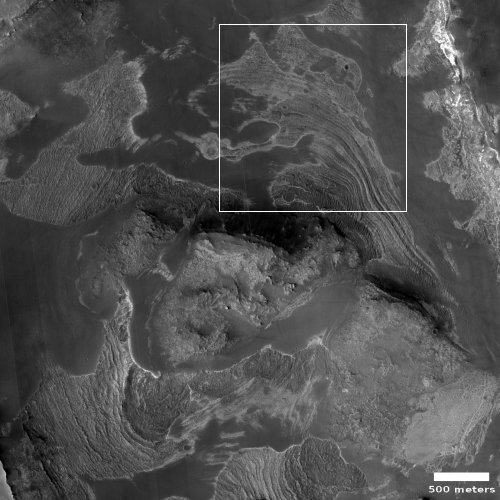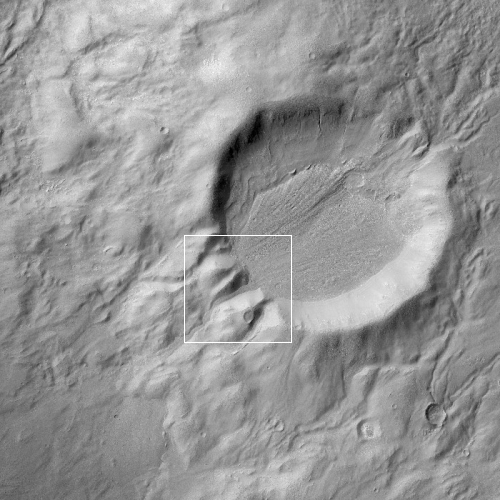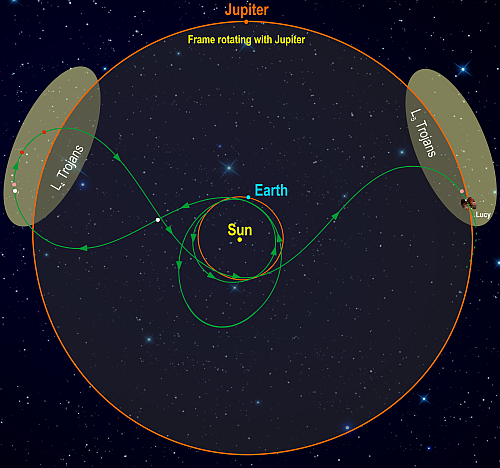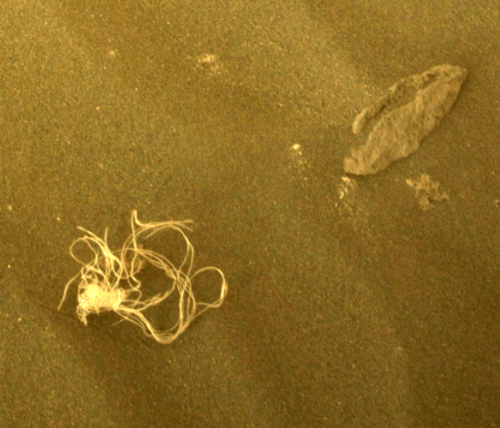SpaceX raises another $250 million in investment capital
Capitalism in space: SpaceX in July raised $250 million in investment capital from five unnamed investors, bringing the total raised in 2022 to $2 billion.
Added to the amount brought in before this year, SpaceX has raised about $9 billion in private capital, most of which is focused on financing the development of Starship/Superheavy. When you add the $2.9 billion contract it won from NASA to develop Starship as a manned lunar lander, the company has raised about $12 billion to build this heavy lift rocket.
The numbers demonstrate several things. First, Wall Street is apparently very confident SpaceX will succeed in building the rocket, and then make a lot of money from it. Second, the numbers prove it shouldn’t cost $60 billion and two decades to design and build a heavy lift rocket, as NASA has done with its SLS rocket. SpaceX is doing it for less than a fifth of the cost, in a third of the time.
Capitalism in space: SpaceX in July raised $250 million in investment capital from five unnamed investors, bringing the total raised in 2022 to $2 billion.
Added to the amount brought in before this year, SpaceX has raised about $9 billion in private capital, most of which is focused on financing the development of Starship/Superheavy. When you add the $2.9 billion contract it won from NASA to develop Starship as a manned lunar lander, the company has raised about $12 billion to build this heavy lift rocket.
The numbers demonstrate several things. First, Wall Street is apparently very confident SpaceX will succeed in building the rocket, and then make a lot of money from it. Second, the numbers prove it shouldn’t cost $60 billion and two decades to design and build a heavy lift rocket, as NASA has done with its SLS rocket. SpaceX is doing it for less than a fifth of the cost, in a third of the time.












